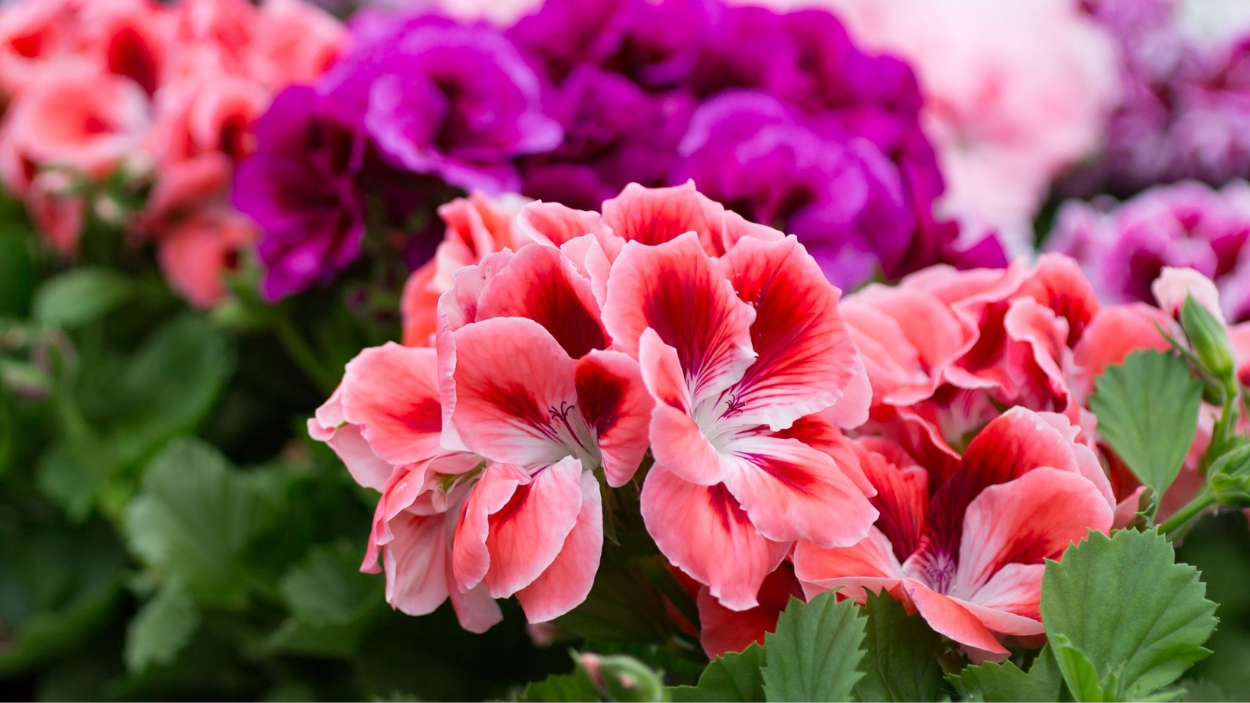Indoor vegetable gardening empowers you to control your food production and enjoy the satisfaction of harvesting homegrown veggies. Begin by assessing your available space and selecting suitable containers with good drainage for each vegetable. Opt for herbs like basil, parsley, and thyme, leafy greens such as spinach and lettuce, compact tomatoes and peppers, and root vegetables like radishes and carrots. Ensure adequate light by placing plants near a south-facing window or using grow lights. Water carefully, allowing slight drying between waterings to avoid overwatering and root rot. Ensure proper ventilation to prevent diseases..
Growing Tips For Your Indoor Vegetable Garden
1. Choose the Right Location: Place your indoor vegetable garden near a window that receives ample sunlight or use artificial grow lights to provide adequate light for plant growth.
2. Select Appropriate Containers: Use containers with drainage holes to prevent waterlogging and choose a size that suits the mature size of the vegetable. Consider using self-watering containers or hydroponic systems for efficient watering.
3. Optimal Soil and Fertilizer: Use a high-quality potting mix specifically formulated for container gardening. Add organic matter, such as compost or vermicompost, to enhance soil fertility. Use a balanced organic fertilizer or apply a diluted liquid fertilizer regularly to provide essential nutrients.
4. Watering: Ensure proper watering by checking the moisture level in the soil regularly. Water when the top inch of soil feels dry, but avoid overwatering to prevent root rot. Adjust the watering frequency based on the specific needs of each vegetable.
5. Light and Temperature: Provide sufficient light by placing your indoor garden in a location that receives at least 6-8 hours of bright, indirect light per day. Maintain an ideal temperature range for the specific vegetables you are growing, typically between 60-75°F (15-24°C).
6. Pruning and Support: Regularly prune and pinch back your vegetable plants to encourage bushier growth and prevent overcrowding. Use stakes, cages, or trellises to support climbing or vining vegetables like tomatoes or peas.
7. Pest and Disease Control: Monitor your plants for pests like aphids or spider mites. Use organic pest control methods such as neem oil, insecticidal soaps, or introducing beneficial insects. Maintain good airflow and remove any diseased or damaged leaves promptly.
8. Pollination: Some indoor vegetables may require hand pollination since indoor conditions may limit natural pollinator activity. Gently transfer pollen between flowers using a small brush or cotton swab to ensure fruit set.
9. Harvesting: Harvest vegetables when they reach the appropriate size and maturity. Follow specific guidelines for each vegetable to ensure peak flavor and quality. Harvest regularly to encourage continuous production.
10. Rotation and Succession Planting: To maximize productivity, practice crop rotation by changing the location of plants within your indoor garden periodically. Consider succession planting by sowing new seeds or transplanting seedlings to ensure a continuous harvest.
Recommendations For Indoor Vegetable
- Leafy Greens: Spinach, lettuce, kale, and Swiss chard are all wonderful indoor vegetable-growing plants. They grow in a compact manner and may be picked constantly by removing the outside leaves while letting the core regenerate.
- Herbs: Popular indoor herbs include basil, parsley, cilantro, mint, and chives. They enhance the flavor of your food and are reasonably easy to store in containers.
- Tomatoes: Compact or dwarf tomato varieties, such as cherry tomatoes or determinate kinds, are ideal for indoor planting. Provide them with ample support and light to allow them to fruit.
- Peppers: Indoor gardening is ideal for dwarf pepper species such as small bell peppers and chili peppers. They thrive in warm environments and require intense light to flourish well.
- Radishes: Radishes are fast-growing root vegetables that can be harvested within a few weeks. They are well-suited for indoor gardening due to their compact size and quick maturity.
- Carrots: Look for varieties specifically bred for container gardening, such as round or baby carrots. Ensure that the containers are deep enough for proper root development.
- Microgreens: Microgreens are young vegetable greens harvested when they are just a few inches tall. They are packed with nutrients and can be grown indoors on a windowsill or using specialized trays.
- Scallions: Also known as green onions or spring onions, scallions are easy to grow indoors. You can regrow them from leftover scraps or plant young seedlings for a continuous supply of fresh green onions.
Frequently Asked Questions
Q: Can I grow vegetables indoors without natural sunlight?
A: While natural sunlight is ideal, you can grow vegetables indoors using artificial grow lights. Full-spectrum LED lights are the most effective for providing the necessary light spectrum for plant growth.
Q: How often should I water my indoor vegetable garden?
A: Watering frequency depends on factors such as the size of the container, type of vegetable, and indoor temperature. As a general rule, check the soil moisture regularly and water when the top inch of soil feels dry. Avoid overwatering to prevent root rot.
Q: What is the best temperature range for indoor vegetable gardening?
A: Most vegetables thrive in temperatures between 60-75°F (15-24°C). However, specific vegetables may have slightly different temperature preferences, so it's best to research the optimal range for the vegetables you are growing.
Final Thought
Indoor vegetable gardening opens up a world of possibilities for growing your own fresh and flavorful produce, no matter the season or location. By following the tips outlined in this guide and choosing the right vegetables for indoor cultivation, you can enjoy a bountiful indoor garden that brings nature's goodness into your home. Whether you're a beginner or an experienced gardener, the joy of tending to your indoor vegetable garden and harvesting your own homegrown vegetables is a gratifying and sustainable endeavor. Start your indoor gardening journey today and reap the rewards of fresh and nutritious vegetables right at your fingertips.



